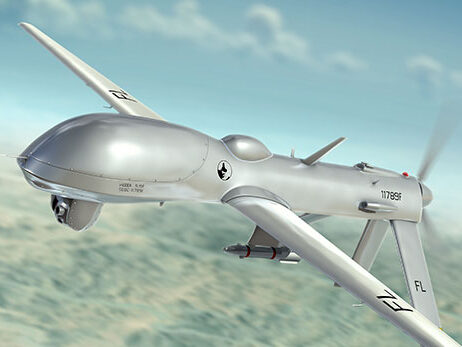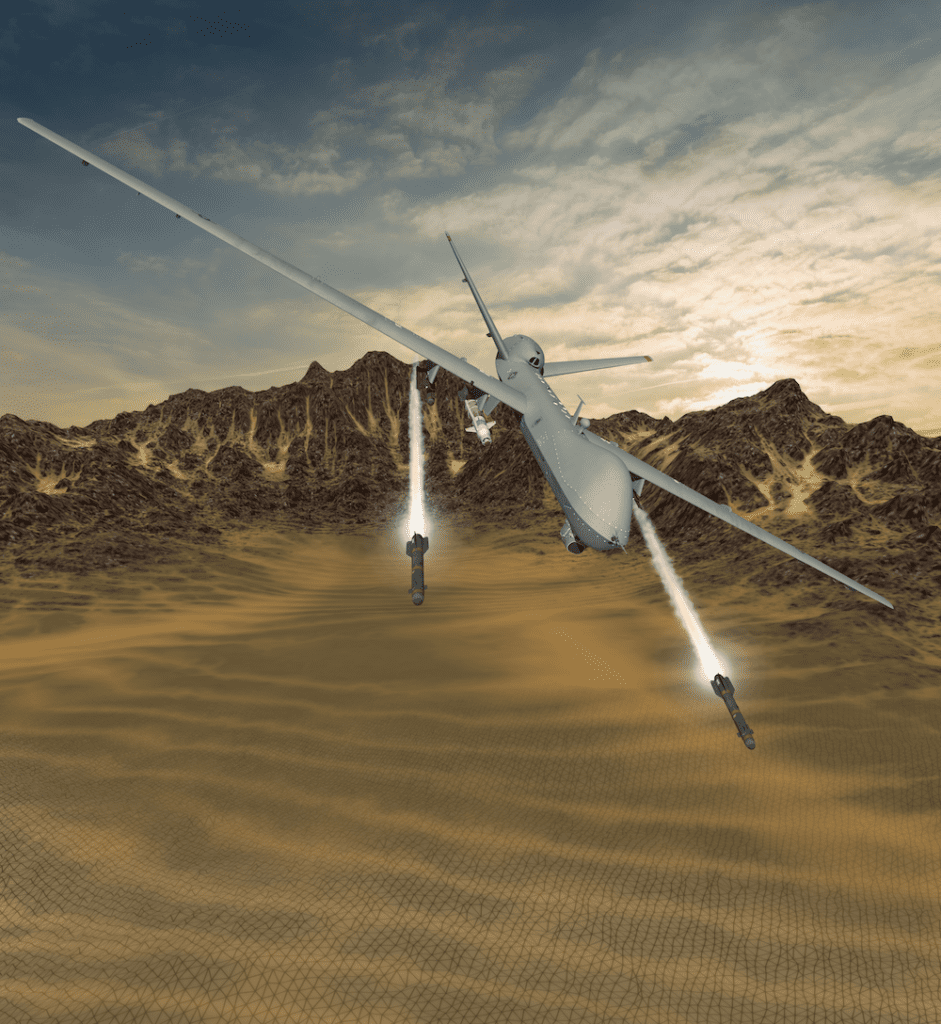Rugged Computing - An Unmanned Systems Force Multiplier

Unmanned systems have proven themselves to be a force multiplier on the battlefield, but the design and operational utilization of these complex systems comes with a unique set of computing challenges. In this blog, we look at the rugged computer requirements demanded by today’s advanced unmanned aerial vehicles.
Robotic and autonomous platforms are hugely complex. Let’s take a look at unmanned aerial vehicles (UAVs) – or drones – which are essentially flying data centers that capture vast amounts of information constantly being generated from an array of onboard sensors.
This data gets capsulized, catalogued and time indexed before being beamed off the aircraft to a ground control station (GCS) and beyond. This dissemination of information is critical for rapid operational decision making, and it relies heavily on both onboard and offboard computer processing.
Both the aircraft itself, as well as the GCS, are therefore critical computing components for an unmanned system.
For the UAV itself, weight is key and there is a limited amount of real estate available for onboard systems. An additional critical factor is the limited electrical power available, which needs to power everything onboard, including comms, sensors, and avionics.

MQ-9 Reaper UAV Rendered Image. © Systel.
Low power output will limit a number of functions within the system including speed, bandwidth, and the speed of communications. As the demand for these functions onboard the air vehicle rises, there is a wattage increase demand, which poses a computing challenge.
Furthermore, there are stringent environmental demands on a modern unmanned system that need to be considered, especially as they often operate in remote locations and in austere conditions – including extreme temperatures – that challenge the onboard computers.
So what are the specific challenges that arise from an unmanned system, and how can they be overcome with reliable computing?
Unmanned limitations
Imagine taking a 100W lightbulb, putting it in a metal box without any fans, and running it for 12 hours. That box is going to get extremely hot and there’s a good chance the bulb will fail. Now imagine scaling that up, and instead of just a light bulb you have a wide array of electrical components including computers inside a platform, and system failure is not an option.
That is the challenge Systel and its military partners face when developing computing solutions for unmanned systems. It contains a number of critical systems operating in overdrive but does not have the power capacity – or space – to be able to cool these systems down.
On the other end of the heat spectrum, there are also requirements for systems to be able to operate in very cold temperatures. An unmanned system benefits from being able to operate in conditions that a manned aircraft would not be able to, so qualifying the onboard computers to temperatures as low as -50°C is not uncommon.
Other considerations are electromagnetic interference (EMI) and electromagnetic compatibility (EMC) ranges. There are many different requirements under mil standards such as DO-160 (avionics hardware) or similar that define electromagnetic requirements, be it interference, conduction and aircraft and vehicle power via land or air. Each has its own specific military standard (MIL-STD) and its own demanding set of requirements to go with it.
Shock and vibration can also not be overlooked, as well as IP ratings for moisture ingress and humidity protection.
Typically, these limitations result in a capability trade off, but that does not have to be the case. The mission set from the battlefield does not change and the enemy threat does not change just because you do not have the capability onboard the aircraft, so that gap needs to be closed.
A lot of work is therefore being put into efforts such as managing heat transfer and heat flux, and making sure that not only are the onboard systems running in a safe capacity, but they’re also running in a way that doesn’t diminish their lifespan.
At Systel, we engineer our rugged computing systems to meet these challenges, our embedded computing solutions are ideally suited for the demanding, austere environments listed above.

Related Blog Post: What is a Rugged Computer?
Read the blog postOn the ground
As mentioned, the other critical computing component of a UAS is the GCS. While this is often not subject to the harsh environmental demands that the platform itself experiences, it comes with its own challenges that Systel can address.
As unmanned systems have become more complex and the sensor capability more advanced, the demand on data processing has increased in parallel. While one computer may have been able to cope when military UAVs were first introduced, this is not the case anymore.
Let’s take what is arguably the most ubiquitous long-endurance unmanned aerial vehicles (UAV) in operation, the Predator/Reaper family of systems.
When the Predator began operations as an ISR only platform in the 1990s, the GCS could operate using one computer, which effectively managed the whole system including flight controls, security and video ingest. As the system evolved to the armed Reaper configuration, this also included weapons management.
The GCS would pull in an encoded video from a satellite, unpack it, look at the metadata and manipulate this in flight. That was carried out using one computer alone.
As the capability has evolved, however, the computing demands have increased by a factor of 30.
A UAV family that once had a maximum loiter time of around seven hours is now able to operate without refuelling for nearly two days. That is an exponential increase in endurance that has to be supported by computers that can run for the same amount of time including with some redundancy.
In addition, weapons are becoming more advanced, and sensors onboard the air vehicle are incredibly high specification. This includes – but is not limited to – the Gorgon Stare ISR system and the Lynx synthetic aperture radar. With these comes a huge increase in computing demand.
But these sensors and weapons can only operate effectively if they are integrated with rugged abd reliable computing systems. If the computers fail, so does the mission.
Compromise is not an option. That is why Systel is the partner of choice for vital computing systems for critical systems like the Predator/Reaper family, when only the best will do.
Let's Talk!
Have questions or want to learn more?
Contact our team and let’s talk!